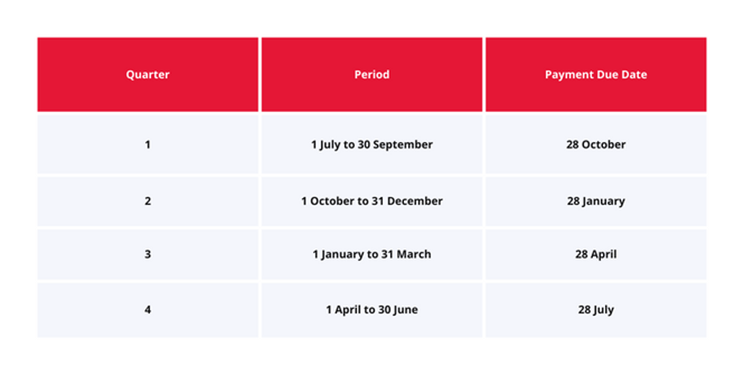What is the Maximum Super Contribution Base (MSCB)?
The MSCB or Maximum Super Contribution Base is used to determine the maximum limit on an individual employee’s earnings base for each quarter of a financial year.
Employers are not required to make superannuation contributions to an employee’s total ordinary time earnings (OTE), once the employee’s earnings rise over a certain level. This quarterly level is referred to as the Maximum Super Contribution Base.
What is the Maximum Super Contribution Base (MSCB) limit?
The Maximum Super Contribution Base limit for an individual employee for the 2019/20 financial year is $55,270 per quarter.
Federal legislation states that the Maximum Super Contribution Base can only be assessed on a quarterly basis. This means, per quarter, an employer is obligated to contribute, at minimum, 9.5% of an employee’s OTE to superannuation, until the Maximum Super Contribution Base limit is reached.
What are the superannuation quarters?
Below are the superannuation quarters, and the dates of when super payments are due;
What if an employee earns above the Maximum Super Contribution Base (MSCB)?
If an employee earns more than $55,270 per quarter, the employer is only obligated to pay superannuation contributions on the employee’s OTE, up to this Maximum Super Contribution Base limit.
However, there is no restriction for an employer to pay superannuation contributions over and above the Maximum Super Contribution Base cap.
It is important to note, that the above information may not be relevant for employees that are on a total package employment contract. You will need to refer to the individual contract for details on how superannuation is paid.
That is the Maximum Super Contribution Base in a nutshell! Read more about Payroll Compliance.


